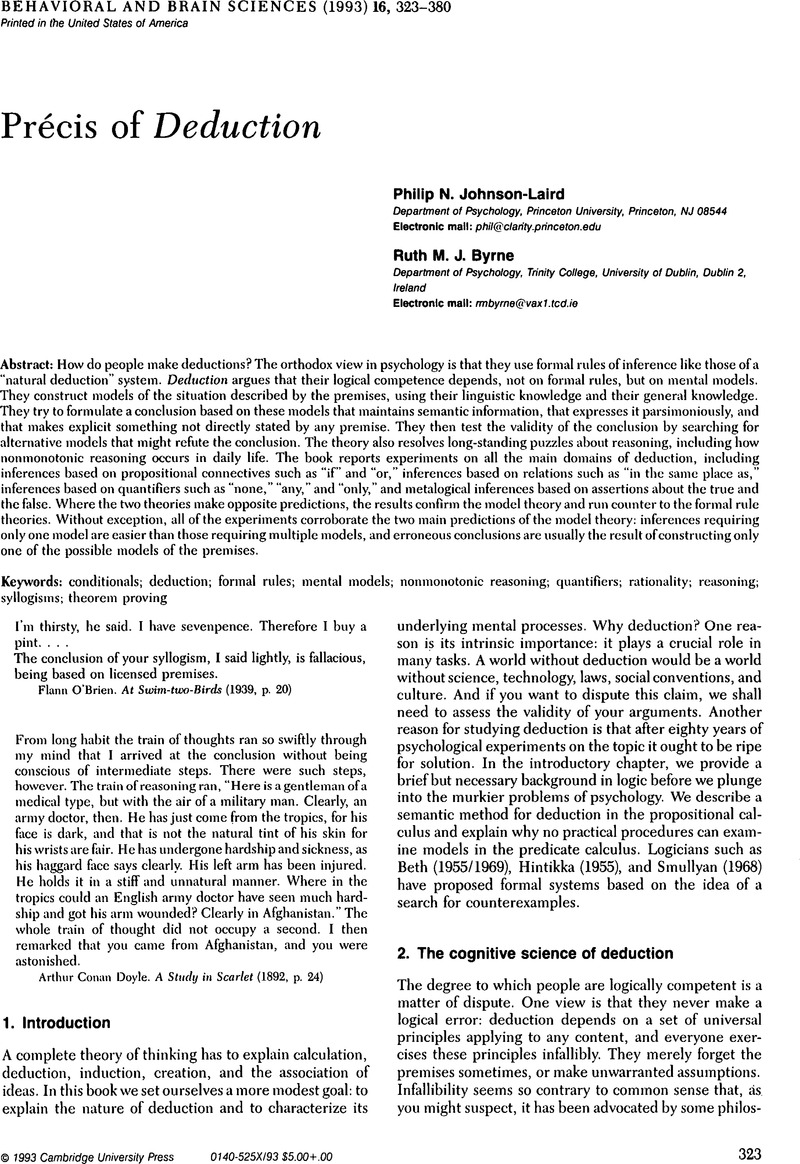Crossref Citations
This article has been cited by the following publications. This list is generated based on data provided by Crossref.
LEGRENZI, PAOLO
1994.
Kanizsa's analysis of “prägnanz” as an obstacle to problem solving and the theory of mental models.
Japanese Psychological Research,
Vol. 36,
Issue. 3,
p.
121.



